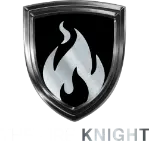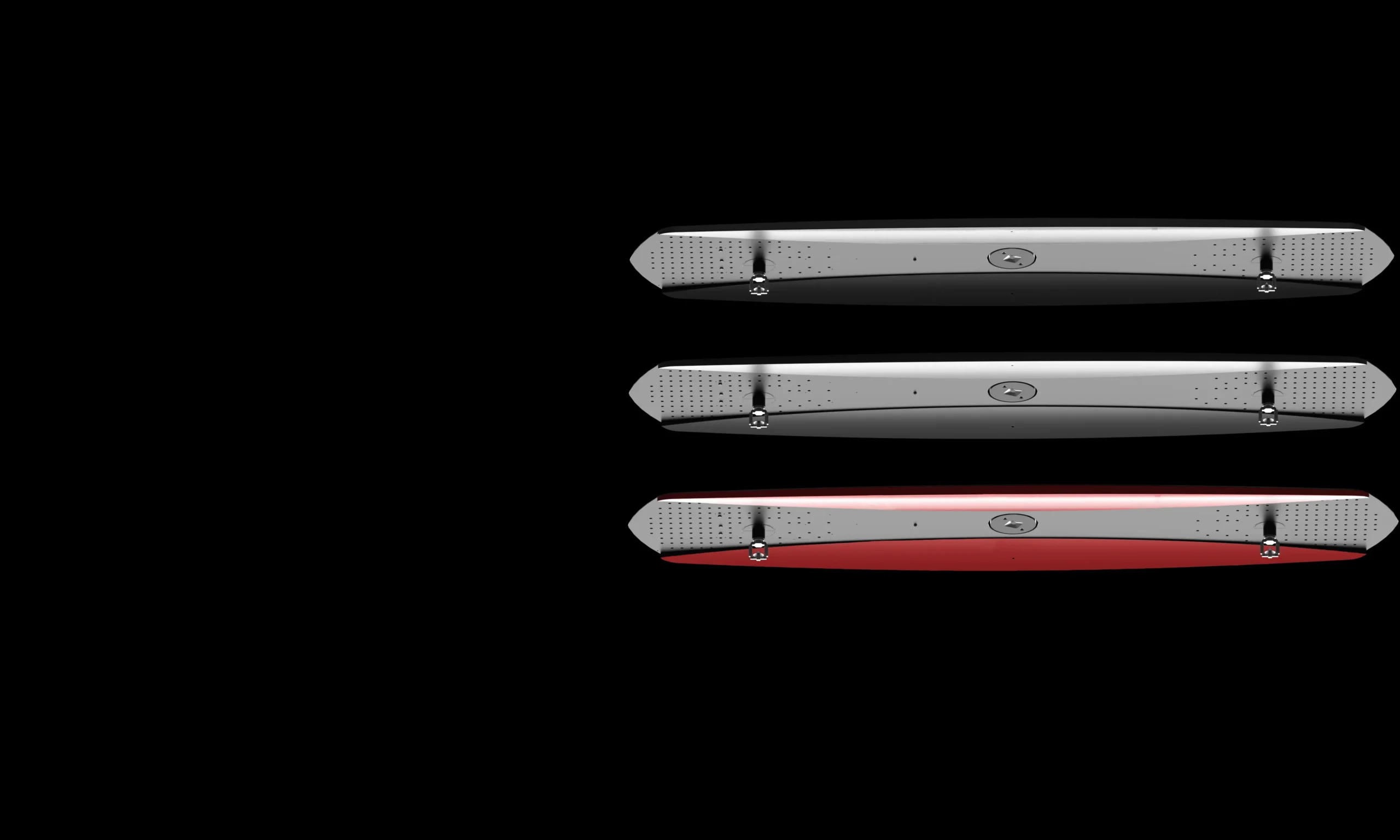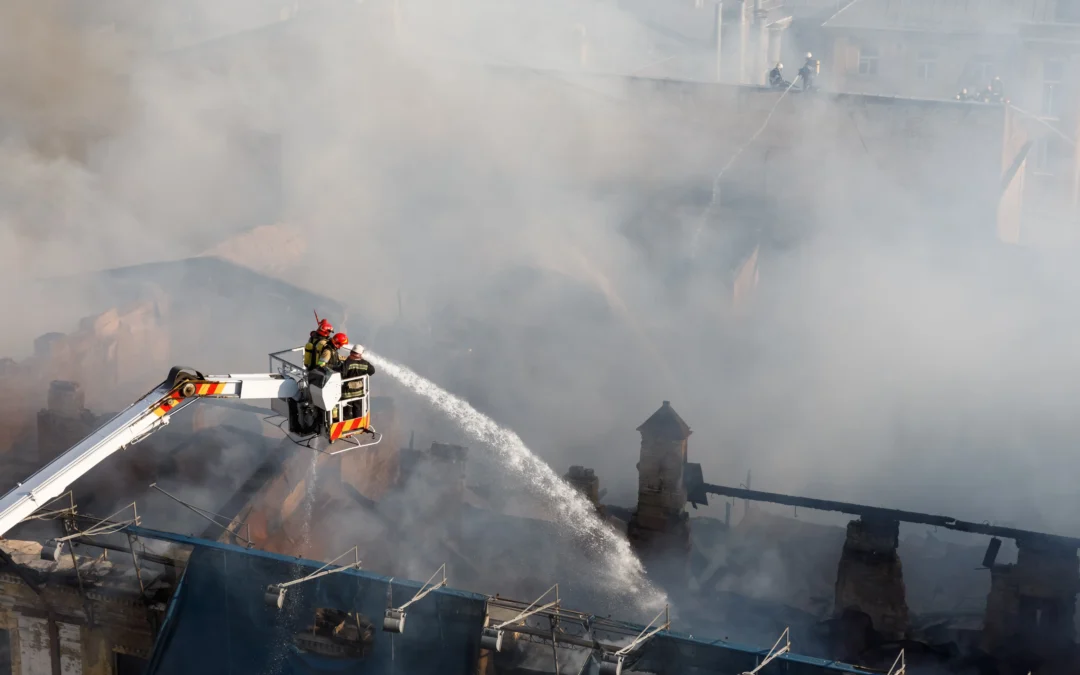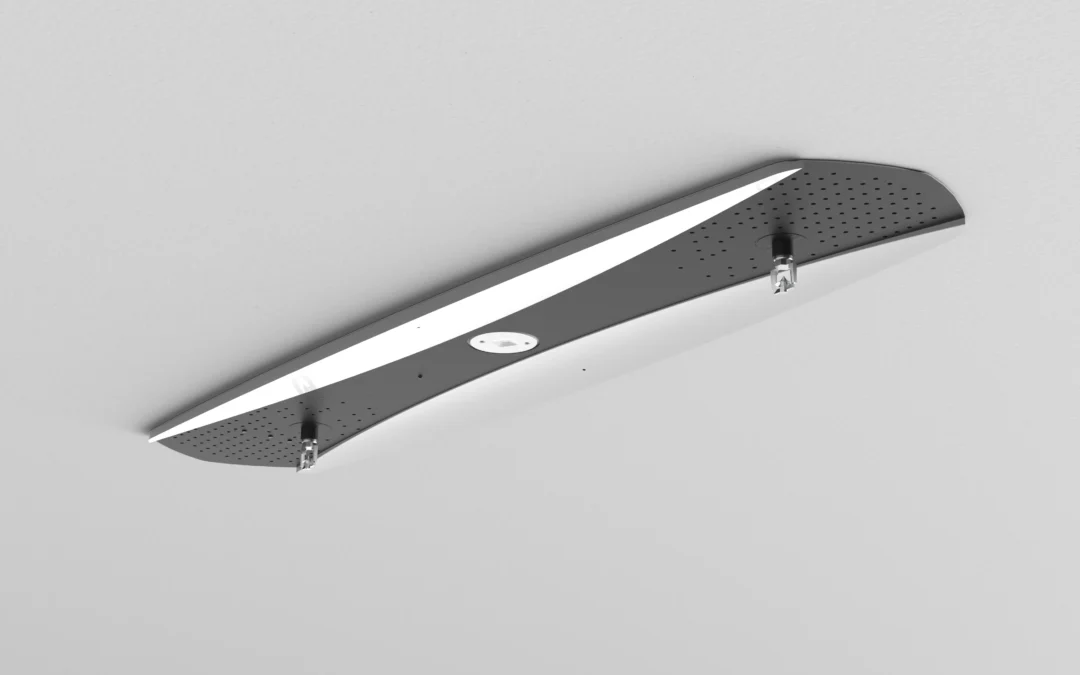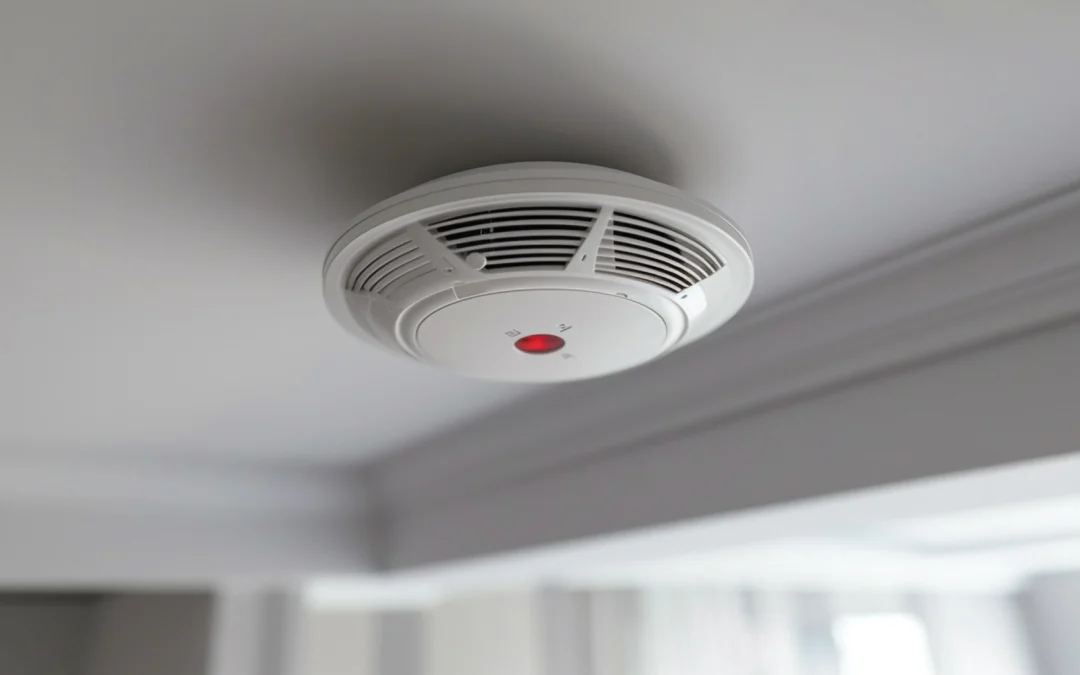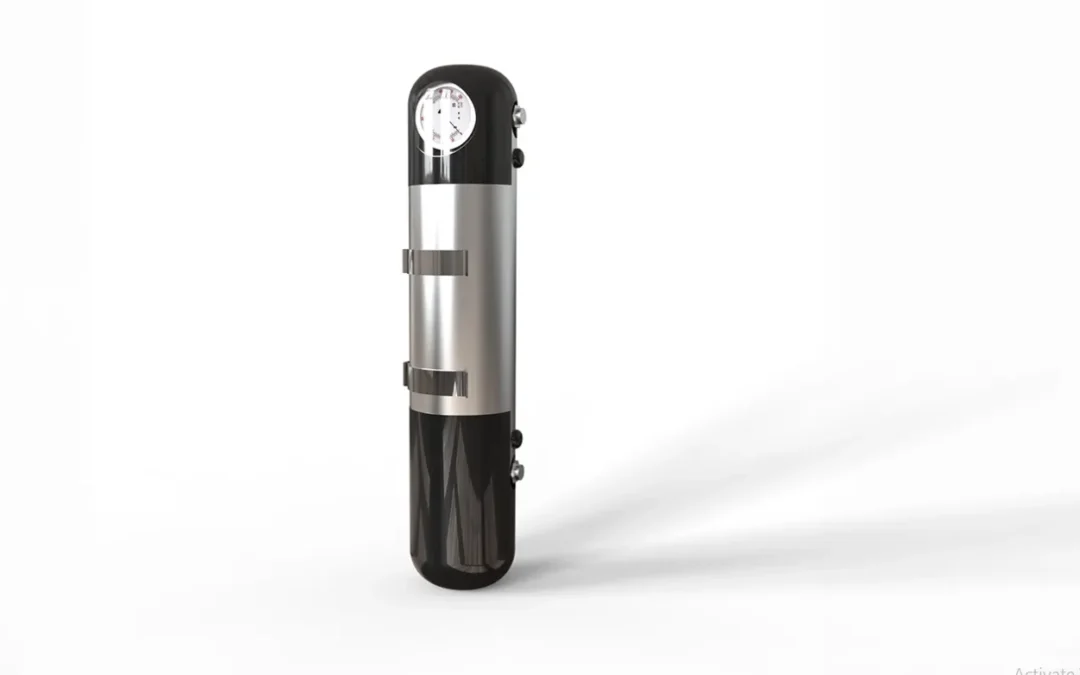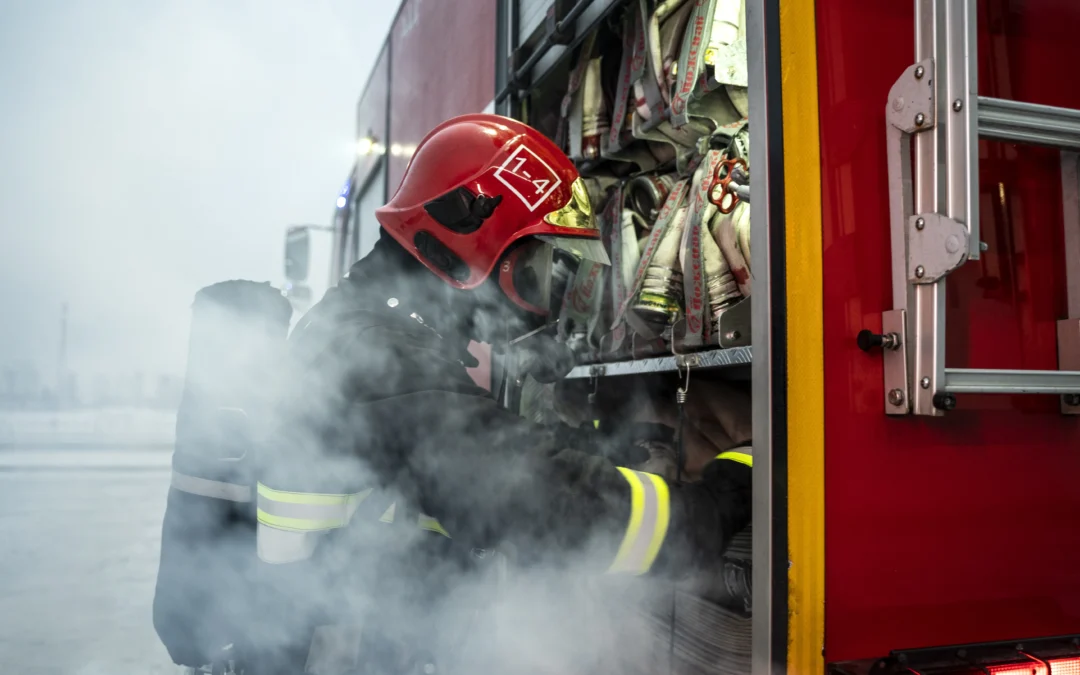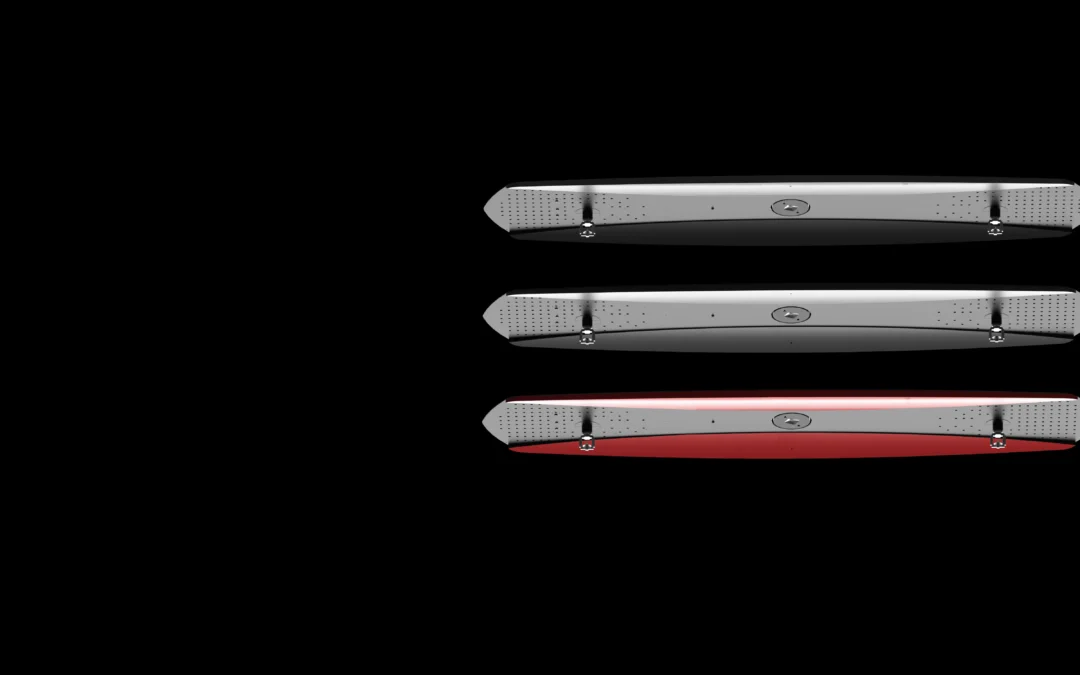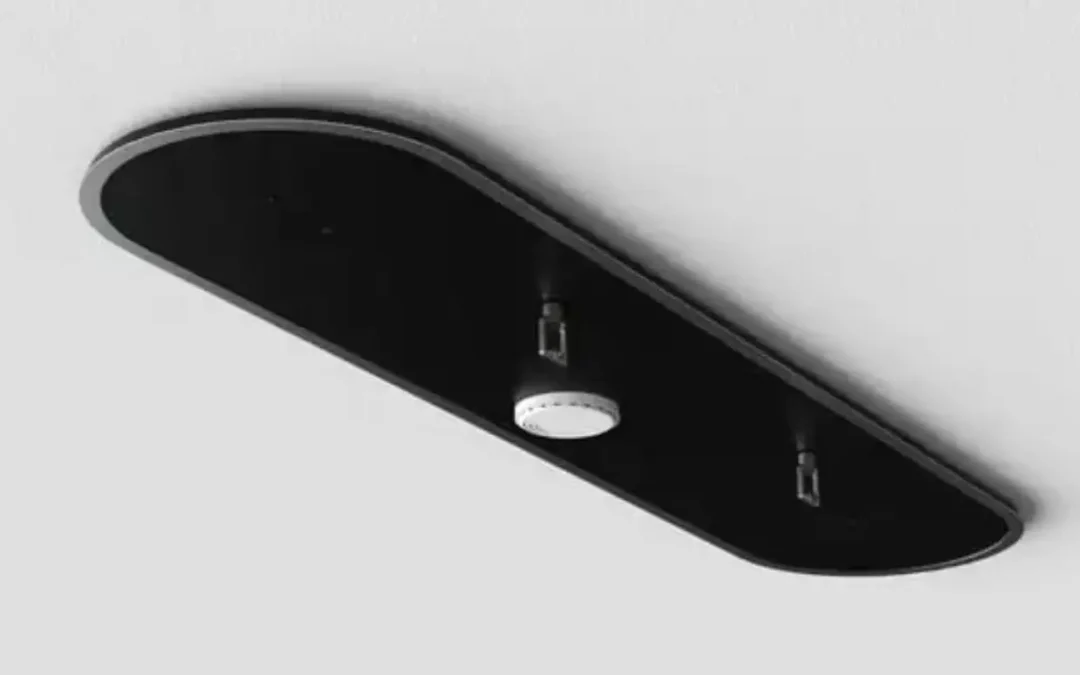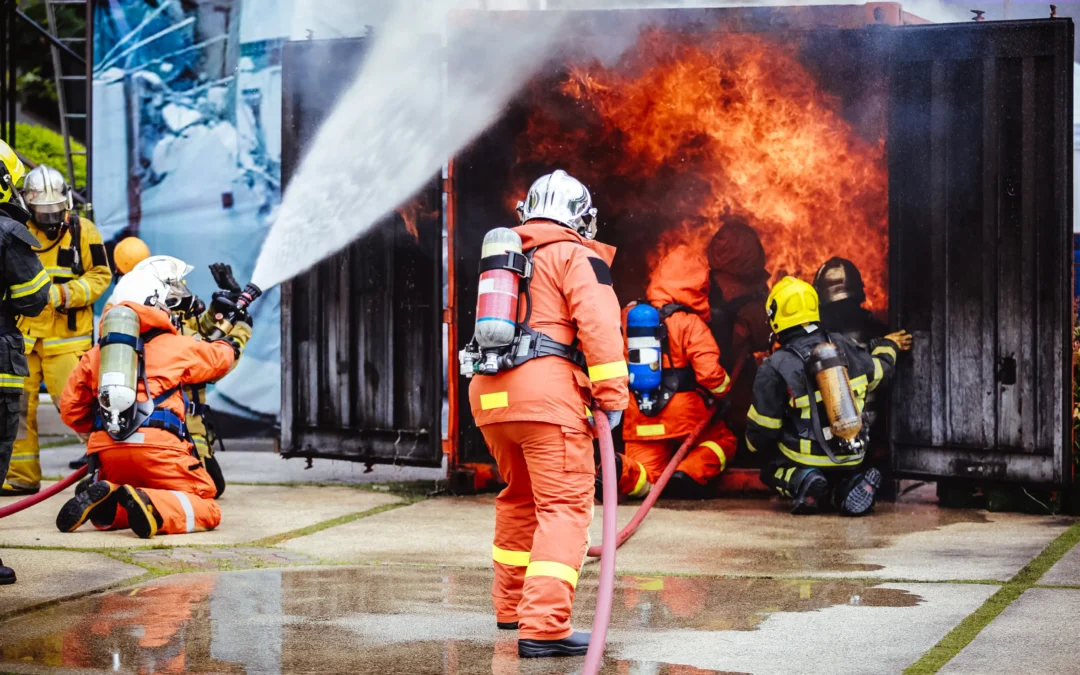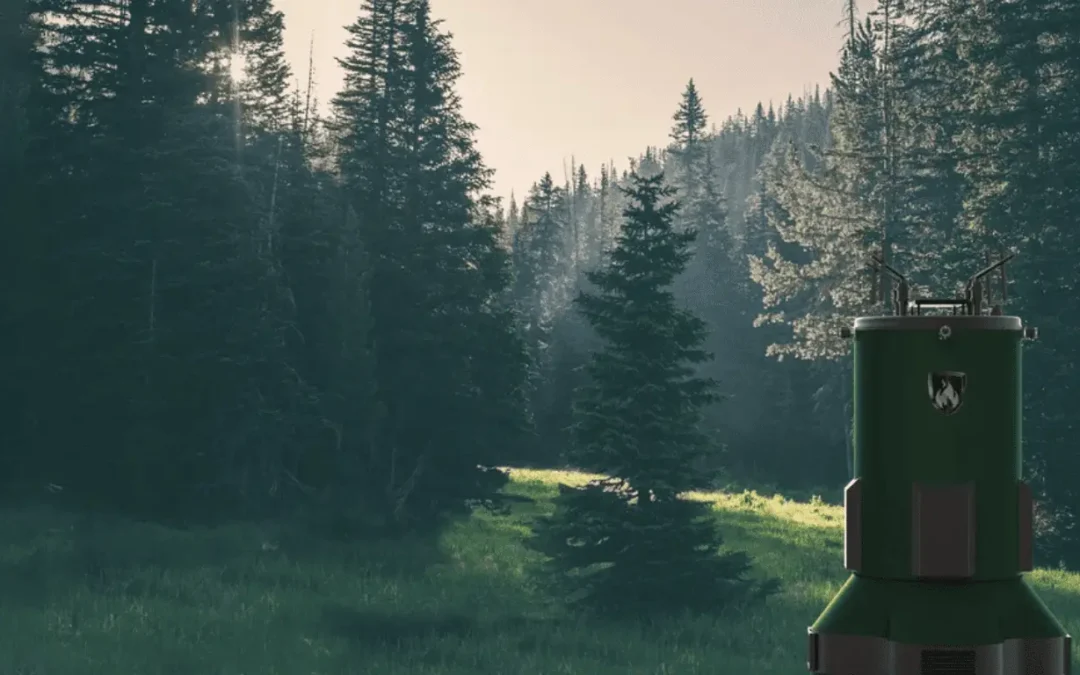In any commercial or industrial occupation or setting, employees, property, and operations’ safety depend muchfire suppression system that works in practice and not only in theory. Installation of the system is only part of the answer. The bigger question is: Will it work when it is called into use?
The only way to provide such an assurance would be through periodic maintenance. Without routine maintenance, a state-of-the-art suppression system would turn into a liability rather than a form of protection.
At Fire Knight, in our experience, this subject tends to be neglected until something goes amiss.
What Is at Stake in Maintenance?
Fire suppression systems are made to be performed automatically in case of an emergency. But the automatic response can only be implemented on the condition that all the components function according to their designs. This is why regular maintenance should always be on your radar:
✅ Reliable System
Nothing is more important than knowing that your system will work when it counts. Unnoticed problems arise when valves stick, sensors malfunction, and lines corrode. All these problems remain invisible until it is too late.
✅ Regulatory Compliance
In Australia, standards like AS 1851 are not mere recommendations — they are enforced standards. In case of an incident, if your records are out of date, not only might you but your insurance will also be denied, and the directors may be held accountable.
✅ Protection of Insurance Coverage
More and more insurers are now insisting on the actual servicing history for claims. If a fire does take place and your fire suppression system has never had any maintenance, it could very well be that, on paper, you are covered, but in reality, you will be on your own.
✅ Prevent Downtime
Downtime can be a killer for businesses that cannot just afford to sit idle — think data centers, warehouses, or manufacturing plants. Regular maintenance can reduce the likelihood of a system failure, and hence financial disruption.
What Does Maintenance Entail?
Maintenance program is more than just a quick visual check. Depending on the system, whether water mist, CO₂, FM-200, or Novec 1230, your servicing crew should carry out a wide variety of checks, tests, and upgrades.
What should be covered are:
🔍 Visual inspections
Technicians must observe the entire system for any damage, signs of tampering, blockage, or corrosion – covering the nozzles, pipework, control panels, and access points.
⚙️ Testing for Operations
This entails the tests of alarms, sensors, manual discharge initiation, and automatic discharge; this is often under simulated logic of fire signal, and confirmation of the proper response of valves and control panel.
💨 Levels of Agent & Pressure Check
In gaseous systems, the pressure of the suppressing agent and the volume need to be checked. For any reason, the level seems low due to an unnoticed discharge in the past; the system will not receive the expected response.
🧯 Servicing for Pipes & Nozzles
Whereas blockages or misdirected nozzles would hamper any suppression response, it is expected that all pipes must have been flushed and cleaned and that all the nozzles must have been checked for proper alignment and backup power.
Theoretically, the system should be fully operational. Practically, however, it may stop working when there is no power. Before putting your system into service, verify and change charge state and backup systems if they are nearing end-of-life.
🧠 Ensure System Integration Testing
Where suppression systems integrate with alarms, sprinklers, or HVAC systems, the intercommunication between all devices requires a test. Finding out that there is a glitch at the time of fire is not the best time.
How Often Should One Service His System?
Generally speaking, the particulars of the system and building class will really determine how often system servicing will occur; often, Systemian Standard AS 185 could guide it clearly. There are some expectations with that minimum:
Weekly or Monthly: Check on the state and simple inspections. Quarterly: Testing of the major components. Biannual: Testing on electrical and mechanical. Annually: Full service and performance testing. Every 5 Years: Major. Overhaul, including hydrostatic testing and replacement of worn parts.
With a good service provider, this is properly scheduled for you, recorded for your insurer, and audited.
What Can Happen When You Miss It?
These are some things we’ve noted when maintenance isn’t done:
System Fails When the Fire is On: The fire starts. The system doesn’t go. Damage has dramatically increased – and damage is preventable.
Legal Liability: If people are injured and your maintenance logs are missing or out of date, there will be legal consequences.
Repair Costs Skyrocket: It can take out prime equipment tomorrow.
Damage to Reputation: Clients and partners lose trust in business practices that don’t encourage safety.
Insurance Rejection: You may have paid all your premiums, but that doesn’t mean a thing if the insurer comes to know that you haven’t touched your system for three years. Tailored Maintenance Plans – The Fire Knight Way
No two businesses are the same. For example, risk from fire hazards in a food production facility differs very much from that of a mining site or hospital. Hence, we build maintenance plans according to:
Your risk type and level of suppression system type Operating hours and access restrictions Industry-specific standards and codes What You Get With The Fire Knight: Inspection certified in accord with AS 1851 Professional reports and digital records 24/7 diagnostic support Maintenance across all system types (FM-200, CO₂, Novec 1230, Water Mist, and more) Service teams that understand your industry-from logistics and retail to aged care and heavy industry Don’t know whether your system was checked recently? Start Here.
It’s overdue, because I bet your suppression system hasn’t been checked since you last remembered it. But it is simple.
Book a Free Site Visit with our fire safety specialists. Receive a Detailed Audit outlining current system status and compliance risks. Build a Custom Maintenance Plan. Enforce a Plan that suits your business. Stay Compliant and Overcompliant. Round Final Thought.
Fire Suppression systems are not “set and forget” installations. The system would be worth more not on the day of installation, but on the day it comes to he rescue. And on that day, nothing but proper maintenance can make the difference between a close call and catastrophe.
Let The Fire Knight help you always stay ready.
